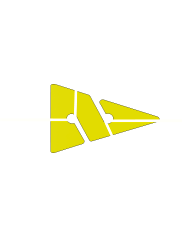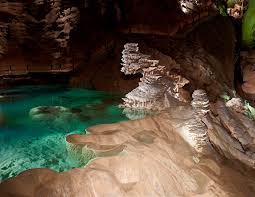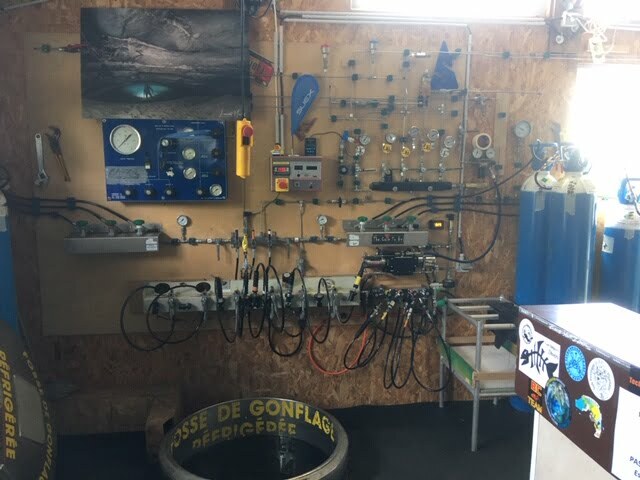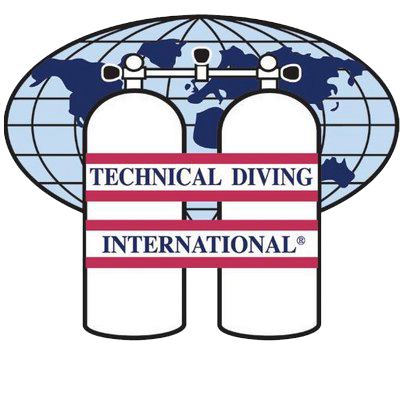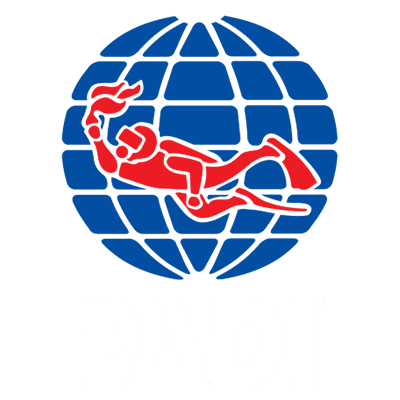
“IF ONLY YOU KNEW THE
POWER OF THE DARK SIDE…”
trips and adventures
@SOUTH WEST TECHNICAL DIVING
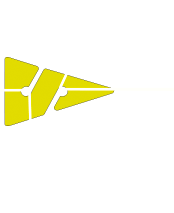

We love to go and do our own diving. If you are looking to build experience or just need a team-mate get in touch. We’d love to have you along. Unless you retain us to teach or guide there are no charges for joining a trip
Welcome to The Dark Side!
Choosing a Sidemount CCR, Teamwork, Covid19- return to diving, Cave to Be France
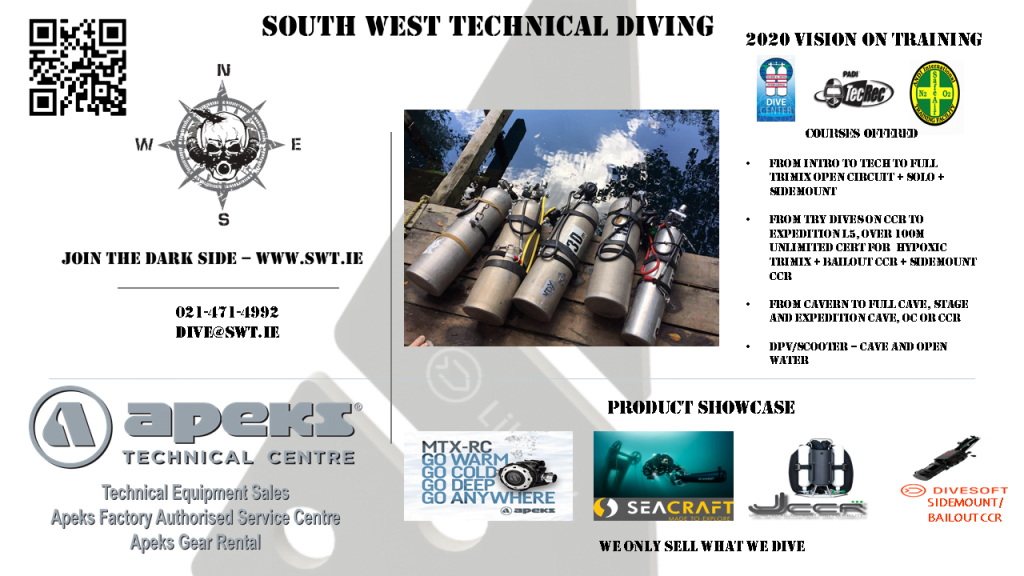
What have we been up to?
Latest news from us and the Padawans, Sith and Jedi
The Covid19 lockdown continues but it looks as if we shall be able to open for business again on 20th July.
We’ve been teaching online theory using Microsoft Teams. I’m a bit marmite with it – sometimes love it, sometimes hate it, but it’s the future for now!
The online shop is open www.shop.swt.ie
As some of you know I had a challenging battle with Covid19 myself. July is a good timescale for me getting medical clearance so fingers crossed it should all come together!
‘ve also, following a facebook discussion put this together for post covid diving considerations. Having had to do a lot of work to determine the best pathway back for me having had Covid19, I would make the following observations. 1. If you have had severe symptoms then at minimum a clear chest x-ray (which may indicate need for a CT scan) and diving physician clearance should precede return to any diving. 2. If you have had mild symptoms, get a diving physician clearance and take their advice on lung function tests and maybe a precautionary x-ray.
3. If its possible you have had or been exposed to Covid 19 and have not had a negative test at the appropriate incubation time of exposure, consult first with your GP about returning to diving and then if appropriate with a diving physician. 4. If you are 100% certain you have not been exposed, then jump in. Points to note. Even mild or no symptoms can affect lung function, conversely the fitter you are the less chance you may notice this unless a very elite competitor. This will affect gaseous exchange at the alveoli. No symptoms may and I stress may be ok in non deco / shallow no stop dives but could seriously compromise decompression. Given we have, due to the recency of this virus no real scientific peer reviewed studies, the info above has been complied from hyperbaric docs, infectious disease consultants, respiratory consultants and sport and exercise scientists. My own paramedical and sports science background has helped me with both the network and the ability to have peer conversations with these very senior subject experts to whom I am immensely grateful for their time, expertise and personal support for me as I look to return to diving myself.
Product News
Yes, I know this is a repeat, but given the discussion below On choosing a sidemount CCR it is very relevant. South West Tech are an official Divesoft Dealer for the Liberty and other Divesoft products, Matt Jevon, SWT’s senior tech and cave instructor is an official Liberty Instructor.
Checkout the video link on the Liberty Sidemount and Bailout Rebreather.
and here is a bit more on the Liberty itself – part 1 of a series.
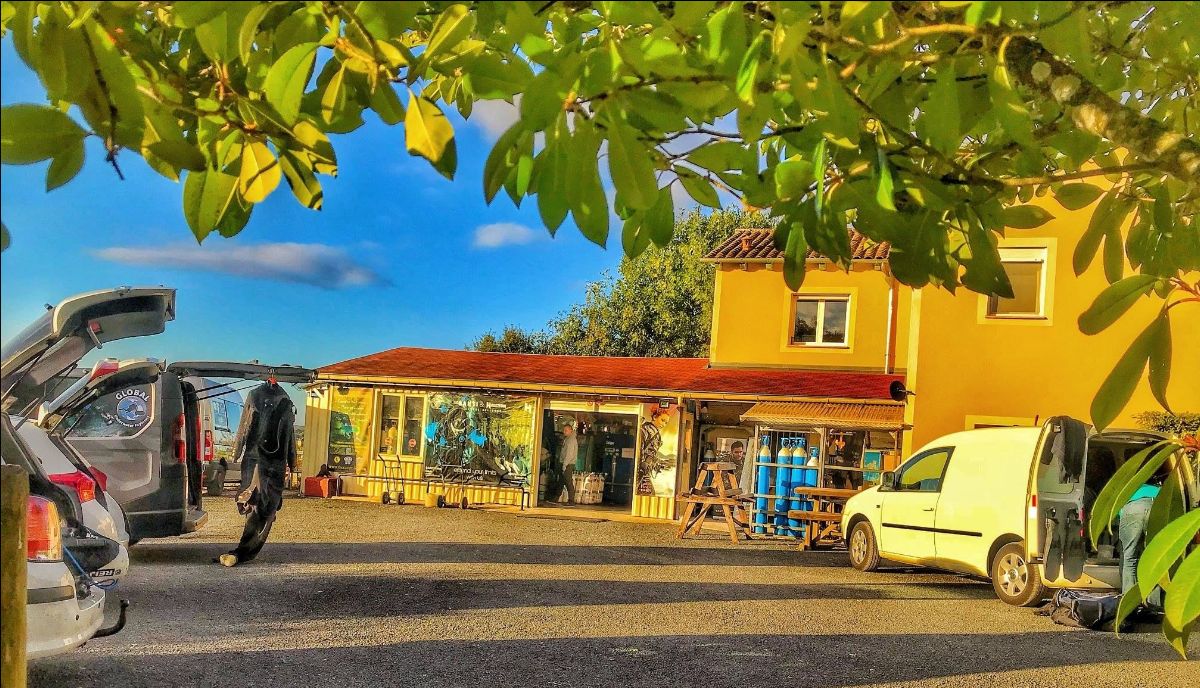
Featured Training Venue - The Cave to Be, France
This is at least an annual pilgrimmage now to conduct our cave training classes on Open Circuit or CCR. Oli, the owner is a super nice guy and very helpful to all visiting divers. The facility is superbly equipped and proper cave fills are supplied. Anyway let Oli tell you more, but get in touvh with u sif you want to join our september trip.
From Oli – “The Cave To Be” was the first filling station in Lot area , André Grimal created it 30 years ago . www.thecavetobe.com. Located in the centre of the Lot region, our area is the best cave diving destination in Europe (and the 3rd in the world), the karst geology is a rich area for underground formations and has favoured the creation of some amazing caves, many of which are flooded especially for the diver of course!
We have a nice choice of dive profiles; from shallow to really deep and from massive passages to really narrow restrictions. Ressel is the most popular cave and is often used for teaching, learning and training . It’s the most dived cave in Europe …
We are the only Cave Diving School and Facility in France open all year long. Locally you should also explore some of our gastronomic specialities like wine, “foie gras” , duck confit … All these will give you some extra strength for your dives 😊
The famous medieval city of Rocamadour is only 7 km far away from the centre and it’s a short distance for the world famous Gouffre de Padirac attraction!
Olivier Bertieaux https://www.thecavetobe.com/en/about-us is the new owner since 2011. Year upon year the concept grows and develops. Now you can find a filling station, cave school, basic gear and spare parts for cave divers , accommodations and more.
Training and Diving Tips
The pic on the left is last years CCR cave class entering Ressel.
The Value of Dry Dives.
Before doing any significant dives, sit with your team, the dive plan, the checklists, the pre dive routines, the what if’s and any new equipoment and run through the whole dive start to finish. You’ll be amazed at what questions and ideas this raises!
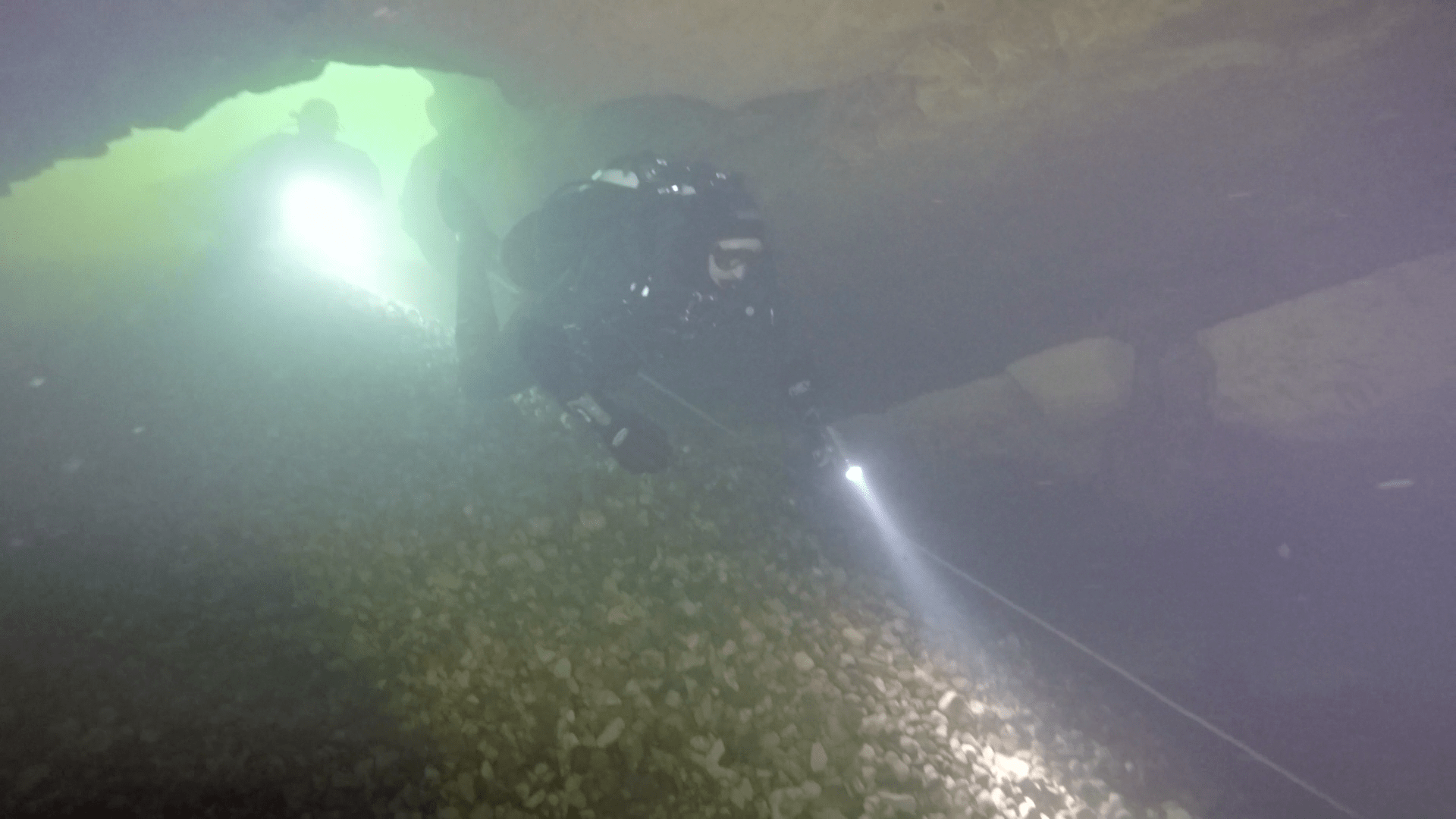
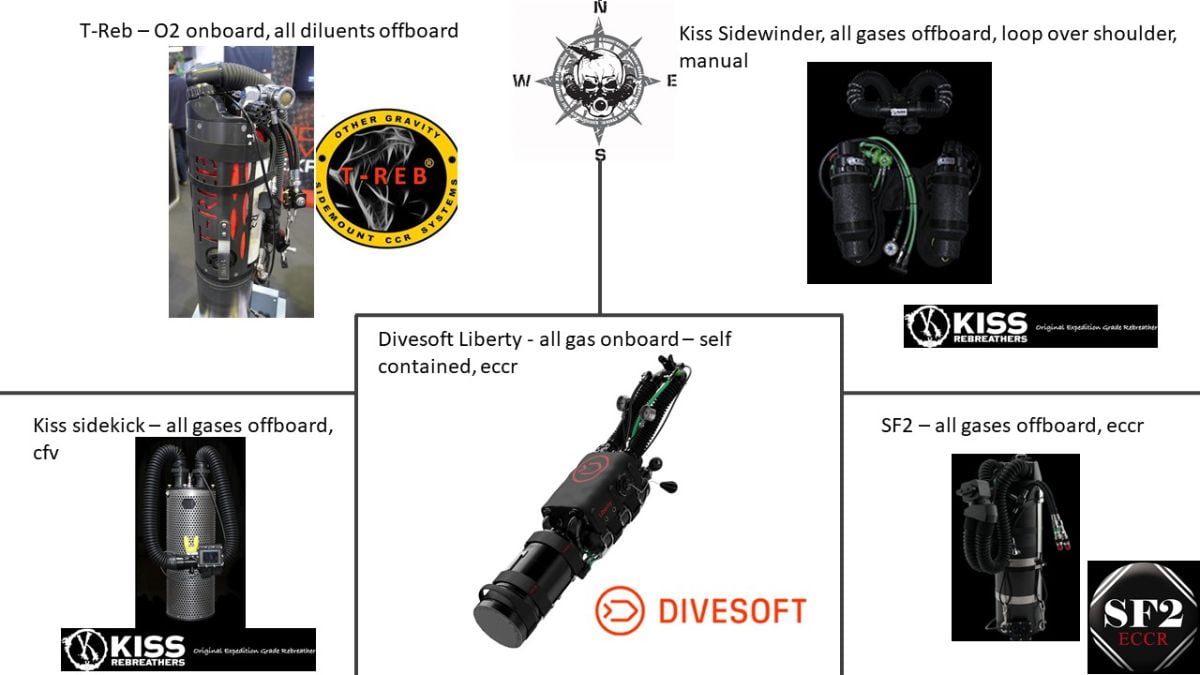
Choosing a Sidemount CCR
I got asked recently about choosing a sidemount CCR. Of course this is a subject that will lead to war on social media, but I thought I’d put my reasons into the mix.
Manual v E-CCR
Many cave and very experienced CCR divers favour a manual unit. It makes sense in a lot of ways being able to manually control loop volume and PO2 in an environment with a lot of depth changes. The thing is, if you stop doing this on a manual unit it can go hypoxic, or if a constant flow valve type even hyperoxic. As any CCR diver will tell you both those situations are very, very bad.
E-CCR’s and the associated components and electronics are these days very reliable. It is technology that will keep you alive in the event you are distracted by an incident. Good E-CCR’s can also be run as a manual unit to manage failures, but also as a choice, say to control loop volume in changing depths, but with a low safety set point so the unit will automatically maintain a breathable loop if the user does not. say 0.4. So all the advantages of manual, without the risks specific to manual.
To my mind manuals are yesterdays technology with no functionality or benefit and considerably more risk over an E-CCR unit. Run the E-CCR with a low setpoint and you keep all the benefits of manual with a significant safety net. Manual CCR is really stepping back 20 years. If you think todays electronics risk of failure justifies a manual unit you haven’t really looked at todays electronics.
If this argument makes sense to you then units like the Kiss sidewinder, sidekick and Golem flex amongst others need huge advantages In other areas to overcome their manual basis.
Counterlungs
This is a big challenge on sidemount ccr’s. The units desired position means that it is difficult to get counterlungs that are in the right place relevant to your own lungs to minimise hydrostatic differences between the two and make breathing easy, kniwn as work of breathing or WOB. There are really 3 main solutions that sidemount ccr designers have used.
Bellows/ Accordion style counterlungs
The benefit of these is that they fit nicely into a cylinder type tube. Because they act as both inhale and exhale lung you are effectively transferring a breath from your lungs to outside your hip or chest. This causes buoyancy changes that mean either a cross tensioning of the unit to stop it moving as it becomes alternatively positive and negatively buoyant. If done well this fixation means the diver has to compensate for the buoyancy change at the hip with each breath . It is also a challenge to make bellows lungs flood tolerant. Any unit that is not flood tolerant is a massive risk and puts a big mark for me against units with these lungs, I could maybe cope with the irritation of my hip being lifted and dropped with each breath… or not! These lung types have another big issue, they will not breathe at all when vertical and as much as we aspire to flat trim all the time, some wrecks and caves are not very accommodating to this need!
External lungs
The most common unit with these lungs is the Kiss sidewinder, it really helps work of breathing, probably best in class, but means both the lungs and the breathing hose (over shoulder routing) are very exposed. Demounting the unit to pass a restriction is also challenging.
Inhale/exhale lung
As far as I know only the Liberty and Proteus have proper inhale lungs with good water traps.This means they are flood tolerant and have no buoyancy change for the diver. The Liberty lung position is especially good for work of breathing.
In summary a flood tolerant solution with good work of breathing in all positions is paramount. If achieving this means more plumbing routed around the body to offboard an creates an inability to demount the unit, then why even bother!
Onboard v Offboard Gases
Almost all the sidemount units rely on offboard gas connections to O2 and/or diluent gases. Some of them look like christmas trees with the amount of connections and hoses routed across and around the body. I’ve seen divers in ‘sidemount’ that have o2 and diluent bottles mounted on a backplate defeating many advantages that sidemount was developed for. Any offboard makes mounting and demounting the unit a pain. The only unit I know that has all onboard gas is the Liberty. Now, you want the ability to offboard gas in case of primary supply failures, the Liberty needs some mods to make this work, but they are simple and easy.
Size, Position on Body, Streamlined
Sidemount in Open circuits main advantages are that cylinders are trimmed and tight to the body, that they have no protrusions and are unmoving. Equally important is that they are quick and easy to don and doff. This aim is compromised in any sidemount CCR that is bigger than a 12 litre steel in height and circumference, has offboard gas feeds and blocks, external parts like scrubbers or counterlungs. There are only very few units that to my mind are streamlined and the right size, two are the T reb and the Liberty. As the T reb has bellows lungs and offboard gas I’m afraid it gets crossed off my list.
So there you have it, my criteria for a sidemount CCR and the Liberty is the only unit that meets all the requirements. Others will argue, though justifying the downside of manual units, bellows or offboard lungs, offboard gases etc to my mind is pretty hard!
Psych Skills for Diving - Article of the Month
One of the key foundational skills I teach on all courses.
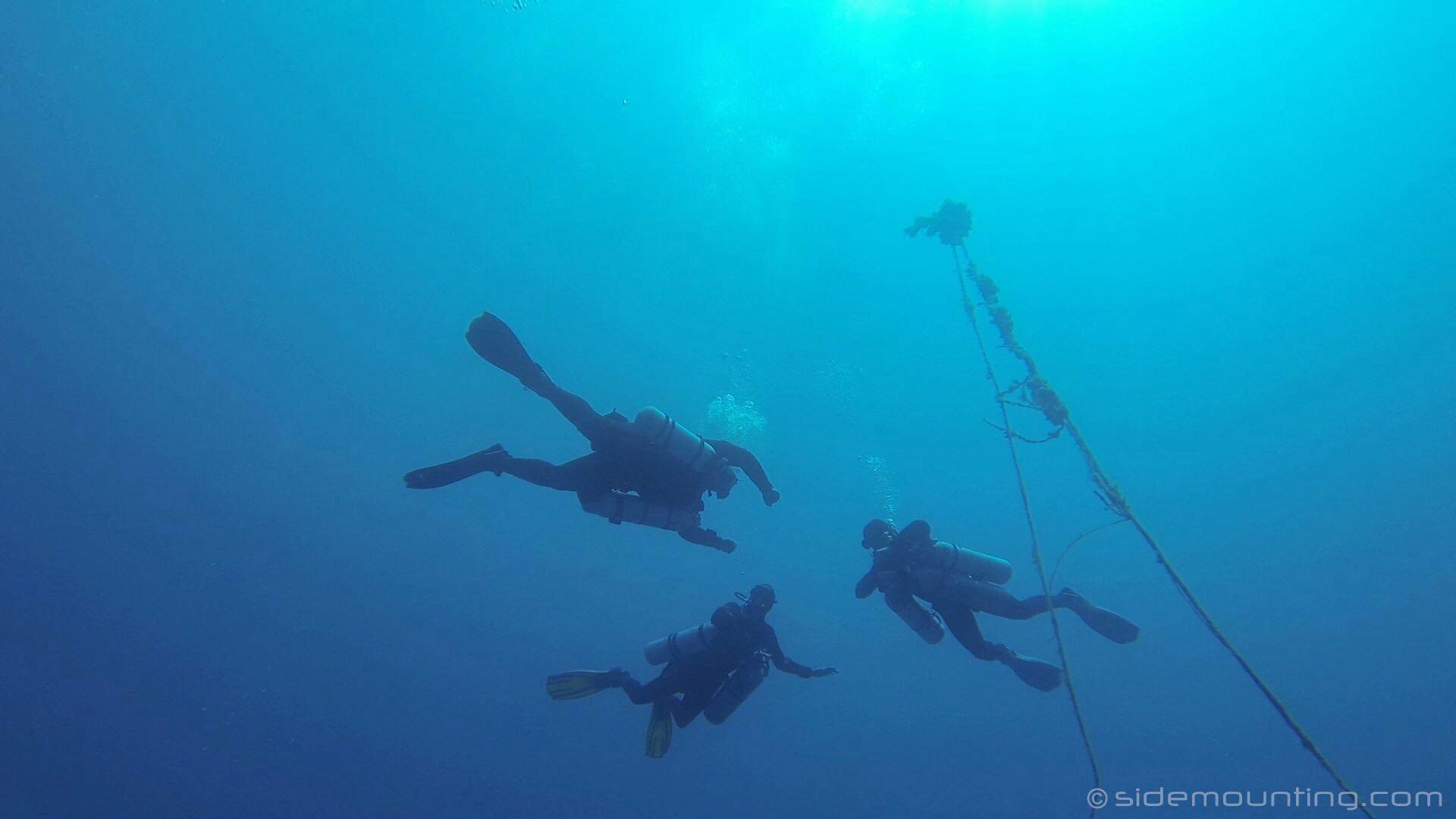
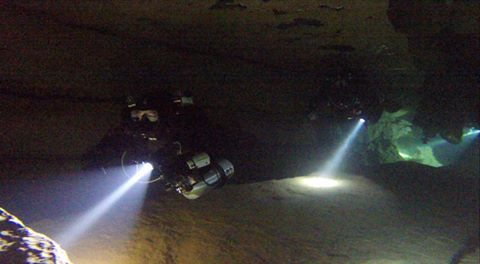

Upcoming Trips and Courses
Here is what is booked for 2020 so far
21 Feb, Go Diving Trade Day in Coventry
7-8 March, Irish Dive Show in Limerick
22-25 March, Divesoft Factory Training & Visit, Prague
18-19 April 2020, Tech Vision 2020 Scubadive West – Try tech, CCR and DPV
1-8 May, JJ-CCR Mod 1 and MOD2 Crossover – Gozo Technical Diving, Gozo
9-13 May, Sidemount Essentials – Gozo
13-18 May, In Gozo, What do you want to do?
20-31 May Athens and Rhodes exploration and wreck ID project (hypoxic CCR)
21-26 June: 10 awesome Wrecks in 5 Days
7-14 July: Discover Portugal’s Caves, Lisbon based
7-21 September: Cave Training in France, OC and CCR – 2 places available

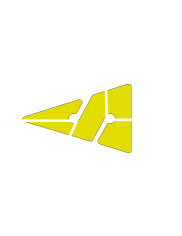
set up a
coffee and
A chat
with a jedi
set up
an online chat
with a sith
